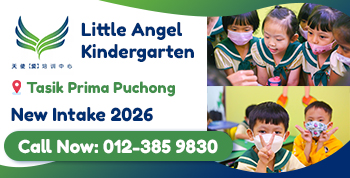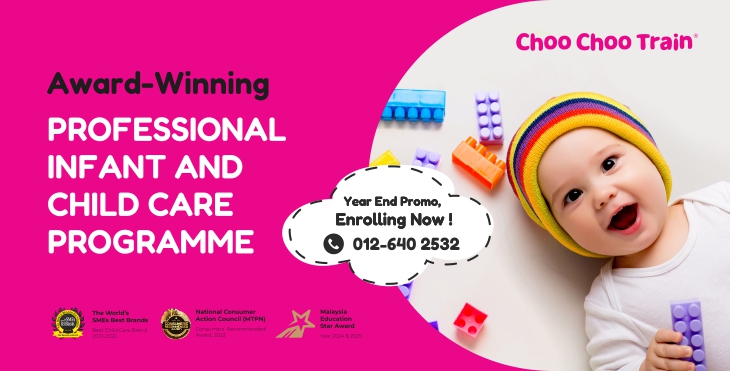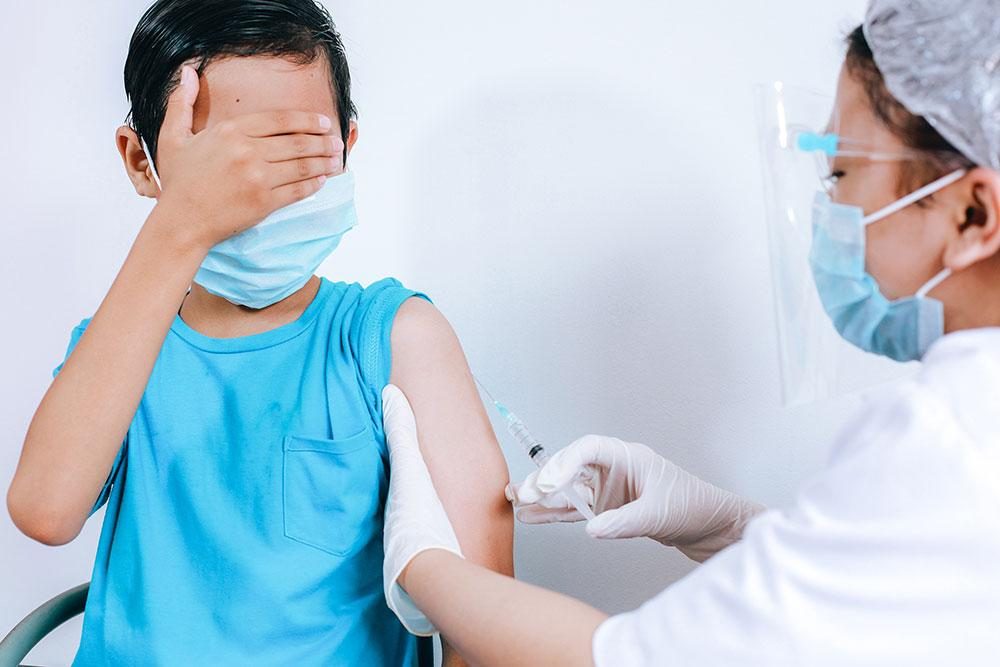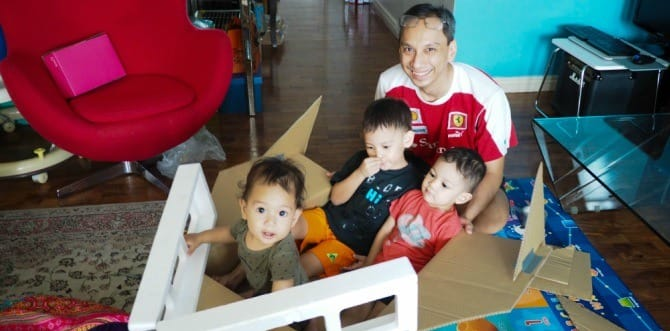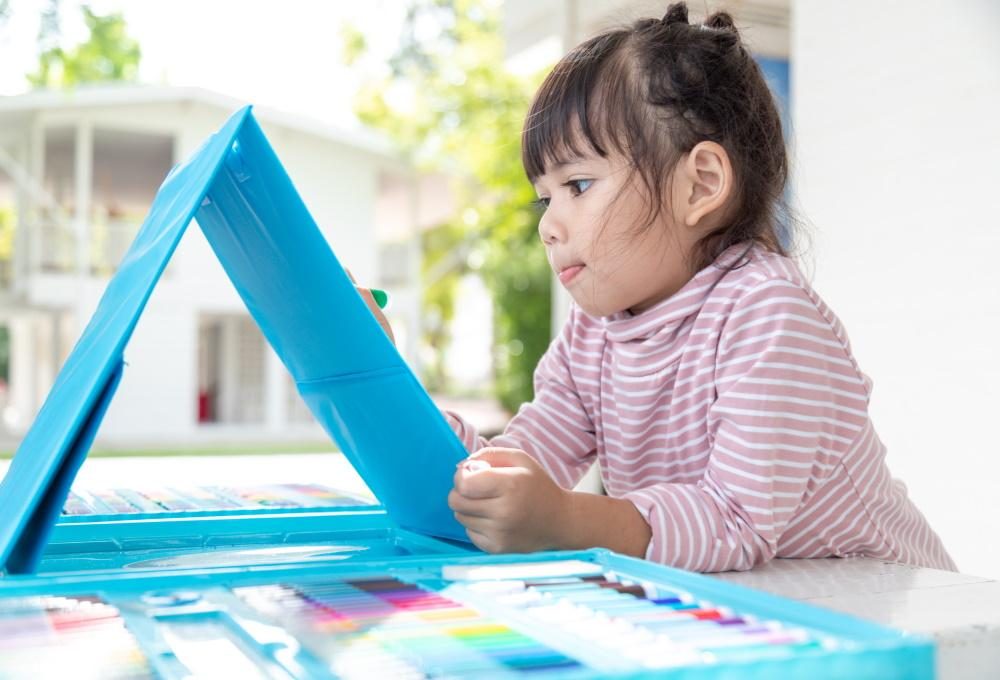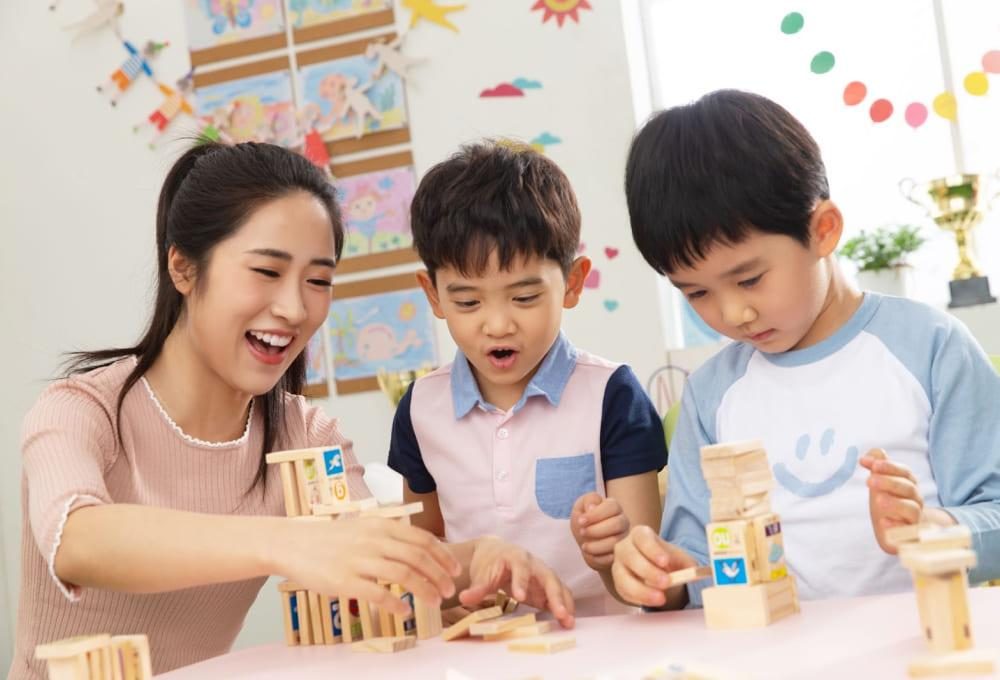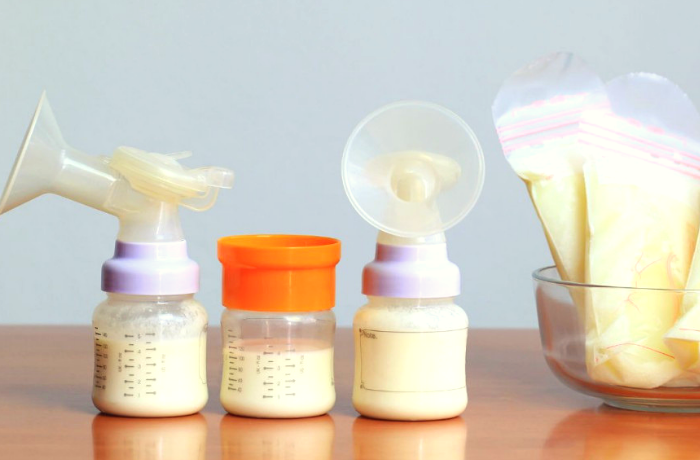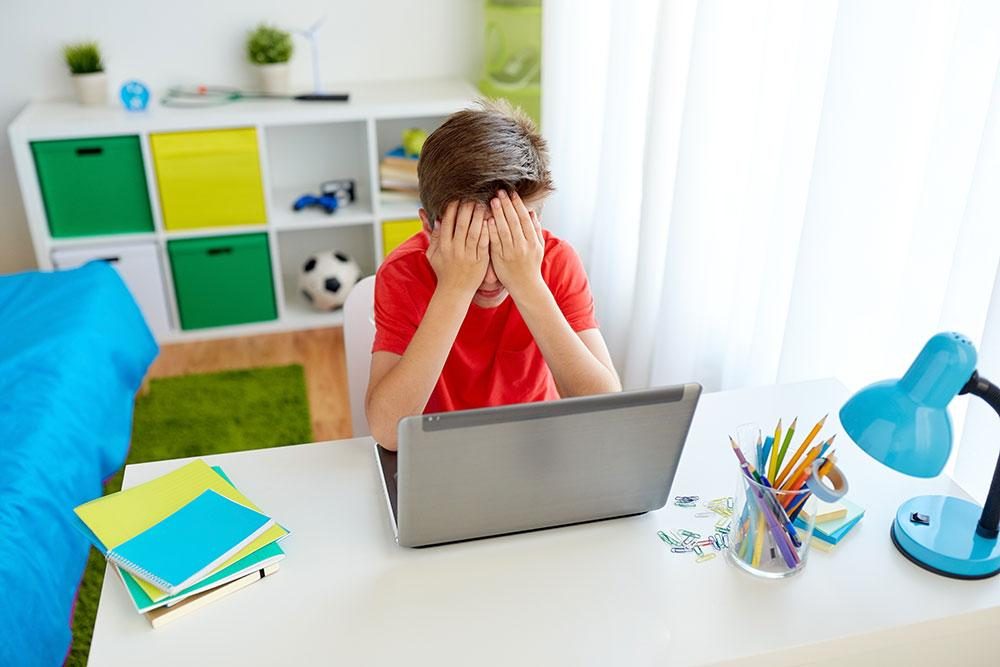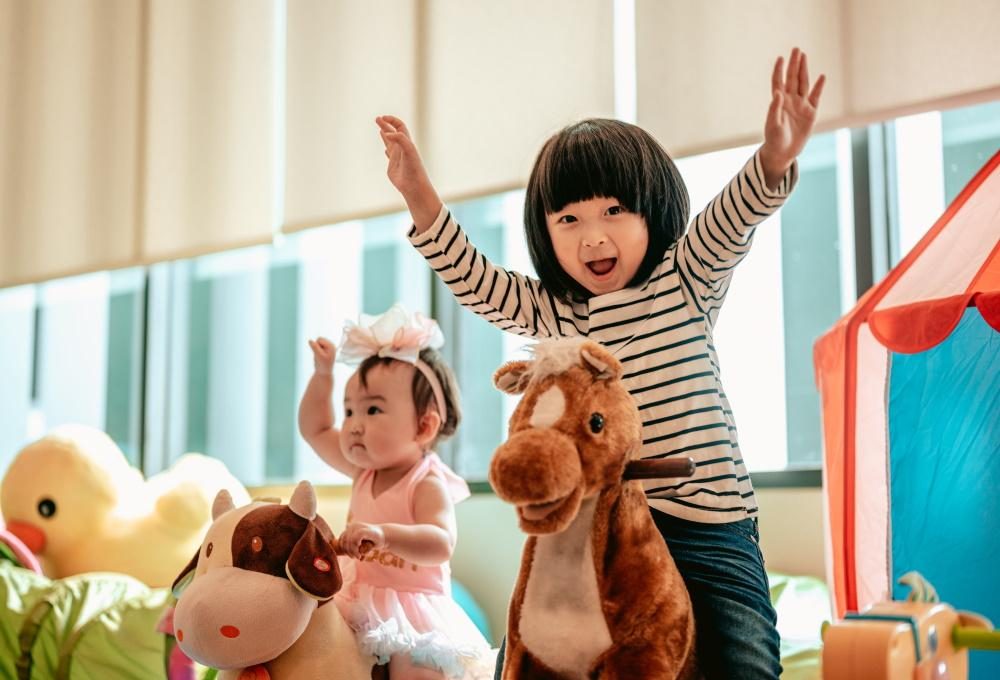What to do if your child has COVID-19?
by on 02/08/2025 ...
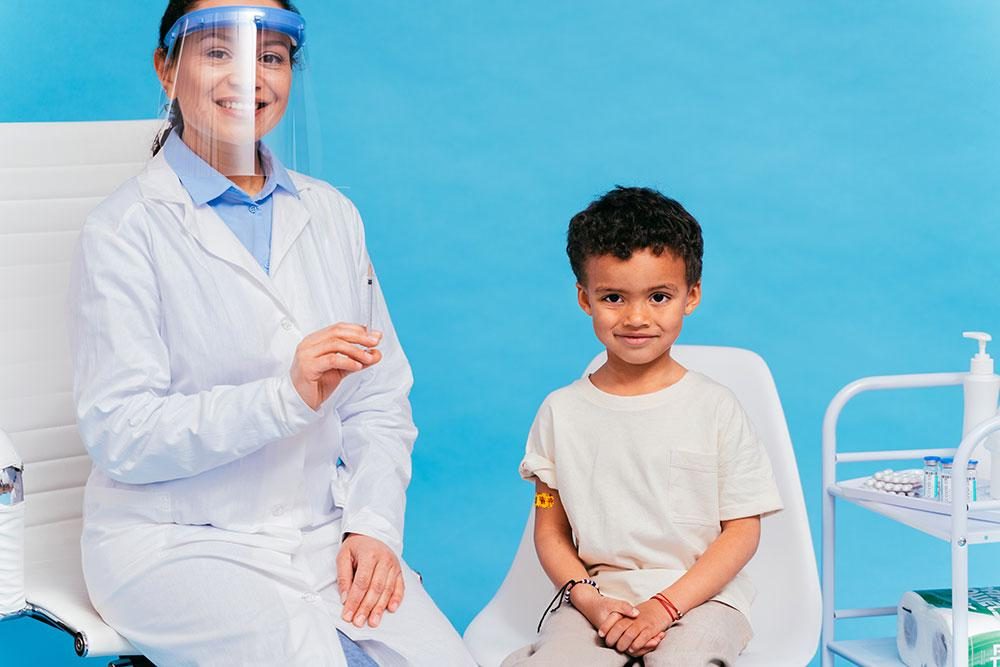
Many have raised concerns about the new coronavirus variants affecting more and more children, as we prepare for the reopening of schools in October. Parents worry and wonder what to do if their child contracts COVID-19. Dr. Chuah Soo Lin, paediatrician from University Malaya Medical Centre, tells us what we need to know.
What are the symptoms of coronavirus?
Coronavirus can cause a range of symptoms 2-14 days after exposure, including:

Who should get tested?
- Children who have symptoms of COVID-19.
- Children who have had close contact (within 6 feet for a total of 15 minutes or over a 24-hour period) with a person who is tested positive for COVID-19.
- Children who have taken part in high-risk activities like being in crowded or poorly ventilated indoor settings.
- Children who have been asked to get tested by their healthcare provider or state health department.
What are the types of coronavirus tests?
There are two main types of tests for coronavirus: one that looks for a current infection and another that tests for a past infection.
|
Types of COVID-19 tests |
||
|
Tests for CURRENT infection |
Test for PAST infection |
|
|
Nucleic acid test (RT-PCR test) |
Antigen test (Rapid test) |
Serology test |
Nasal swab
|
Nasal Swab |
Blood |
1-2 days |
15-20 minutes |
1-2 days |
Viral genetic material |
Viral proteins |
Antibodies |
The preferred diagnostic test for clinical settings |
Useful for mass screening in non-laboratory settings |
– Limited use for clinical testing – Can be used for community surveillance and informing public health response |
How to prepare your child for COVID-19 swabs?
Here are some useful tips for parents on how to prepare your child for the COVID-19 test to make it less stressful:

Image: Nationwide children’s
What to do while waiting for the COVID-19 test result?
While waiting for the test result, take these 2 keys steps to prevent further spreading of the coronavirus:
- Stay home and monitor your child’s health. If possible, stay away from others, especially older adults who are at higher risk of getting very sick from the coronavirus. And continue to look out for the symptoms of COVID-19, since symptoms may appear any time between 2-14 days after exposure.
- Think about the people and places that your child has been around recently. This is important information that healthcare workers will ask from you if your child tests positive for COVID-19.
What if your child is tested positive for COVID-19?
If your child is infected with COVID-19, stay in home isolation for 10 days; stay in a specific “sick room” until it’s safe for him or her to be around others. Home isolation is suitable for individuals (2 years old and above) who are tested positive with COVID-19 Category 1 (asymptomatic) or Category 2 (mild symptoms).
Most COVID-19 positive patients get better at home with fever-reducing medicine, and plenty of rest and fluids. Those with severe symptoms will require treatment in the hospital.
For parents caring for a child with COVID-19 at home, follow this general guide to protect yourself and others:

Image: UCrest
Download the iMedic app to track and assess your COVID-19 symptoms. The app also helps people with other chronic conditions track daily health metrics and connect with doctors for consultations with ease, at home.
Source: UCrest Medic Talk webinar (COVID-19 and Children)



